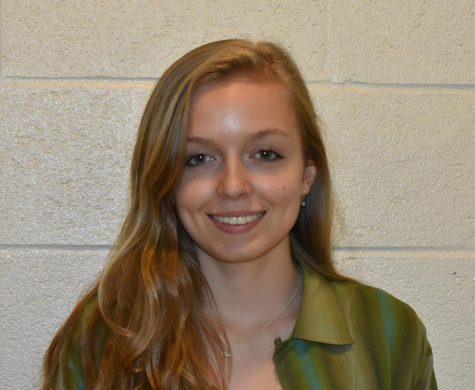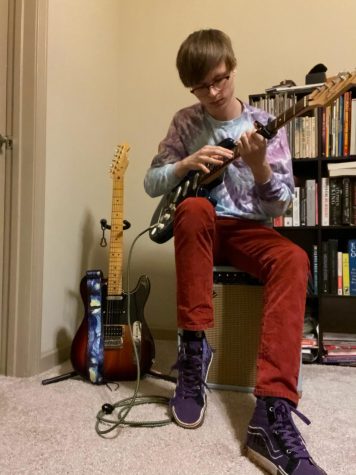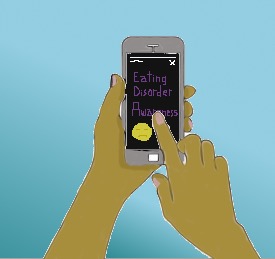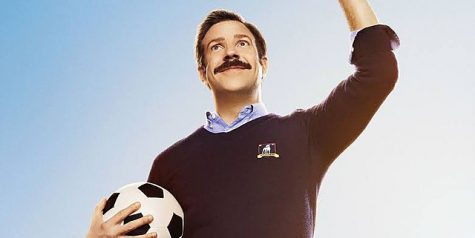Dance for Any Body
Professional dance companies that include both able-bodied and physically disabled dancers are a rare occurrence, with few in the county and even fewer that make an impact on their local dance community. Douglas Scott is making strides as the Artistic Director of the company Full Radius Dance, which celebrates its 25th anniversary this year.
“From the get-go, we tried to establish ourselves as driven by the art,” Scott said. “When you mention dance and disability in the same sentence, people automatically start thinking it’s therapeutic, but our approach has always been artistic. We fully acknowledge that there are therapeutic qualities to dance, but I’m not a dance therapist.”
Scott founded Dance Force, a traditional dance company, in 1990. In 1992, the company formed a partnership with the Maynard Jackson administration and VSA Arts, an organization that brings arts like painting, acting and dance to different disadvantaged populations, including people in prisons and people with mental illness. Scott gravitated to the dance program, and, in 1993, Dance Force was adapted to the physically integrated Full Radius.
“Physically integrated dance is what Full Radius calls what we do,” Scott said. “Other companies with call it ‘wheelchair dance.’ Wheelchairs don’t dance, it’s people who are in the chairs that dance, and if you call it ‘wheelchair dance’ you are ignoring half of my company.”
Scott’s approach to training and classes is holistic in nature, with the aim of including all of the dancers.
“It’s really important to me that every dancer can be involved from the first exercise in class to the last exercise in class,” Scott said. “There is a lot of transposition done. It came down to distilling what was important about each exercise. I’ve seen other classes where the wheelchair dancers come out and dance, and then the next exercise is for the standing dancers. We never wanted that separation.”
Scott also places a focus on injury prevention and strength, especially because of the heavy emphasis of partnering in his choreography. Scott believes that this is lacking in many physically integrated dance companies.
Currently the company consists of six members with frequent guest artist. Each of these dancers began with an apprenticeship, standard for professional companies. Lindy Donnelly, a dancer in the company began her apprenticeship with Full Radius in November of 2011. During this time Donnelly was transitioning to using a wheelchair full time as her condition worsened and she frequently attended Full Radius workshops.
“Every time they had a Full Radius Friday i would come, and stay until they kicked me out,” said Donnelly. “I kept doing that until an apprenticeship opened up and when Douglas offered it to me i jumped on it.”
Donnelly was a professional child actress and has extensive musical theater training with some dance experience but had never seriously danced on a professional level until she began with the company.
Laurel Lawson, another company member who uses a wheelchair, has been dancing with Full Radius for over a decade.
“At the time i was taking a year off before going to grad school after Georgia Tech and i wasn’t sure what i wanted to do,” said Lawson. “I specifically remember i was working as an actor in a haunted house at the time and i took one of douglas’s classes because i was using it as a warmup for my haunted house job.”
She ended up auditioning for the company and joining mid season. Lawson recalls feeling overwhelmed for the first couple of years trying hard to keep up with the other dancers. Similar to Donnelly, Lawson had a musical theater background but very minimal prior dance experience.
“In the 80s and 90s little disabled girls did not go to ballet class. It just was not a thing. So having grown up in the theater i had had some very minimal experience primarily in jazz.”
Lawson like most of the company members is very athletic and is first alternant to the U.S.A women’s sled hockey team.
At the time Lawson joined the company, they were doing two performances a year as well as school shows, community performances, and some commissioned works. However today the company has toured the country and increased their performances, outreach, lecture demonstrations, masterclasses, and summer workshops.
In early March, the company celebrated their 25th anniversary with the performance Silver, a collection of both old and new dances which took place at 7 Stages in Little Five Points. Scott is not usually inclined to bring back old work, but he did so in celebration of the anniversary.
“I opted not to go too far back so the earliest piece was the 2005 trio,” Scott said. “It’s difficult in a physically integrated company to reset work. I have different dancers every couple of years and as an artist i am always looking for my next idea and exploring my next idea.”
Upcoming events include the Modern Atlanta Dance festival (MAD) on May 12th and 13th, a festival created by Douglas Scott and Full Radius Dance in 1995 to showcase the diversity and excellence of the local dance scene. In addition the company is hosting a summer Dance intensive in late July and early August. Full Radius continues to do school performance in hopes of introducing dance to kids and teaching them about physically integrated dance.
“As part of the outreach i like to make the kids see that we are just normal; that we do things just like they do, and we use what we have, and just be real open and honest with them about that,” said Donnelly. “The number one question they always ask is do we need our chairs because i think it’s just a perception they have that if you are in a wheelchair you cannot, therefor if you can, it must be a prop.”
Lawson shares the same hopes in educating the kids they interact with not only about disabilities, but also about dance in general.
“I would be really happy for the kids to learn the value that there are ways besides talking or writing to communicate. That you can process things in physical ways that you can communicate physically,” Lawson said. “Everyone can participate. Diversity is a strength rather than a weakness.”

Margot McLaughlin is a senior at Grady High School and is the associate managing editor for Lifestyle and Arts & Entertainment. Outside of The Southerner,...






